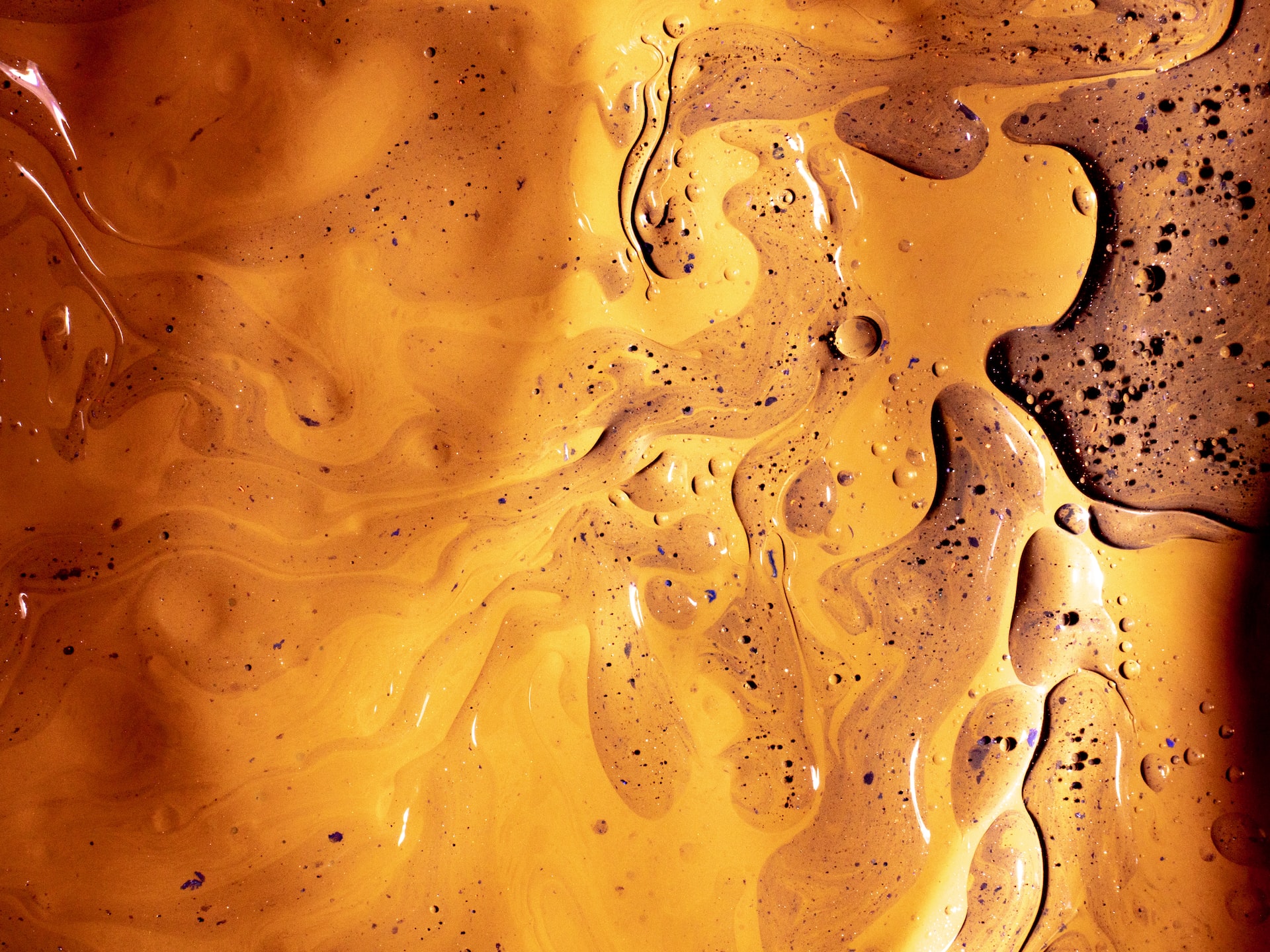Oil Water Separators: What Are They and How Do They Work?
Oil water separators work by separating oil from water. They are made with multiple layers of plates that have different spacings. The plates with smaller spacings are more efficient at dividing oil from water. Those with wider spacings are more resistant to plugging by solids. As the oil droplets rise and separate from the water, they float to the top of the plates, separating from the solid particles and falling to the bottom of the separator.
Wider Spacings
The separation efficiency of an oil-water separator is measured using Stokes’ Law. This Law can be applied to the site-specific oil droplet sizes and densities to calculate the appropriate depth of the oil in the separator. The depth of the oil in the wall is often set at eight feet to minimize turbulence.
Oil water separators are usually designed with two types of plate spacings: narrow and wide. Narrower spacings are more effective and prevent solids from plugging into the wall. In a wide separation, oil droplets rise and meet on the underside of the plates. The oil separates out of the water and migrates to the surface. Meanwhile, solid particles fall onto the top surfaces of the plates and settle at the bottom of the separator.
Oil water separators are an excellent way to eliminate harmful contaminants from the water, like the oil water separators north carolina. They are highly efficient, stable, and recyclable. When installed properly, an oil-water separator can prevent excessive runoff from a storm, thereby preventing soil erosion.
Bypass Oil Separators
Bypass oil separators reduce the risk of oil contamination in the environment. These separators are designed to meet the requirements of the BS EN 858:2002 standard. They are also fully compliant with the PPG 3 guidelines by the Environment Agency. In addition, they are compact and come in a single-chamber design. They are available in various sizes based on the area to be drained.
Bypass oil separators are an efficient way to remove oil from runoff water and store the free hydrocarbons. They can also be fitted with a silt storage facility to trap suspended matter. This oil separator is ideal for treating wastewater from car parks and highways. These separators also have an oil level alarm.
Bypass oil separators are designed to remove hydrocarbons, solids, and other pollutants from stormwater. They are also ideal for surface water drainage systems. Related bypass separators are designed to manage surface water drainage areas of up to 277,000 square meters. They reduce the risk of surface water contamination and lower the total cost of ownership by reducing engine wear and downtime. Moreover, they eliminate the need for costly filter disposal.
Stokes’ Law
Stokes’ Law describes how droplets of liquid separate from one another through the force of gravity. The size of a particle affects the rate of separation. Larger droplets separate from small ones more rapidly than smaller ones, and this is the basic principle behind settling/flotation. Oils and water have different densities, and the size of oil droplets will affect their ability to separate from one another.
Generally, oil-water separator systems are used for spill control and situations where significant quantities of oil are present. These machines function by utilizing the buoyancy of oil in water, causing the fat to rise to the surface and be captured in the trap area. Although oil water separators also capture sediment, they primarily remove oil from wastewater.
Oil/water separators are designed based on the Stokes’ Law principle. It governs the particle separation levels in the oil-water separator’s influent and effluent. The media used for oil/water separation is typically polypropylene, which has a natural affinity for oil.
Maintenance
Regular inspections and maintenance are essential for oil and water separators to operate correctly. Failure to do so can cause environmental pollution and result in expensive investigative studies and cleanup efforts. Following a detailed inspection plan, oil water separators can be kept in good working condition. If problems arise, the equipment should be repaired or replaced.
If you need to gain the necessary skills, it’s best to hire a contractor to do the job. You should read the manual that came with your separator to learn how it works and what to do to maintain it. It contains detailed instructions and diagrams. You must empty your waste oil tank and remove the separator’s media pack. Otherwise, sludge can build up and cause the system to run inefficiently.
Cleaning the upstream interceptor is another essential step in maintaining oil-water separators. Heavy debris, typically part of stormwater runoff, obstructs inlet piping and impedes the separator’s performance. After removing any clogs, it’s time to flush the wall, shutting off all inlet and outlet valves. This should be done according to all applicable codes.



